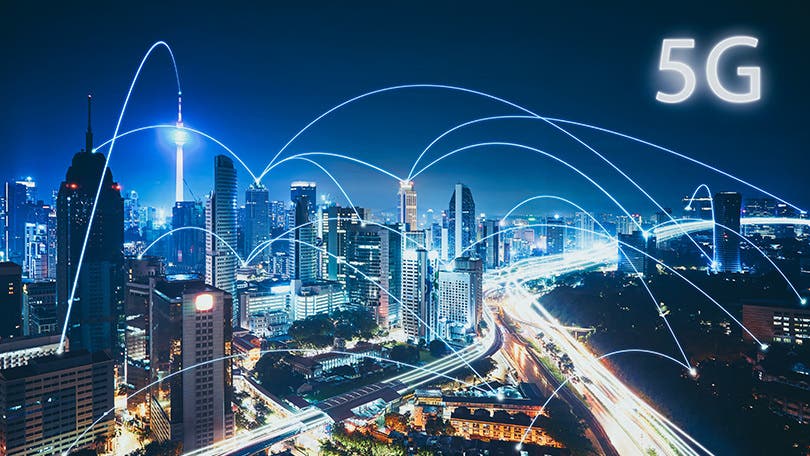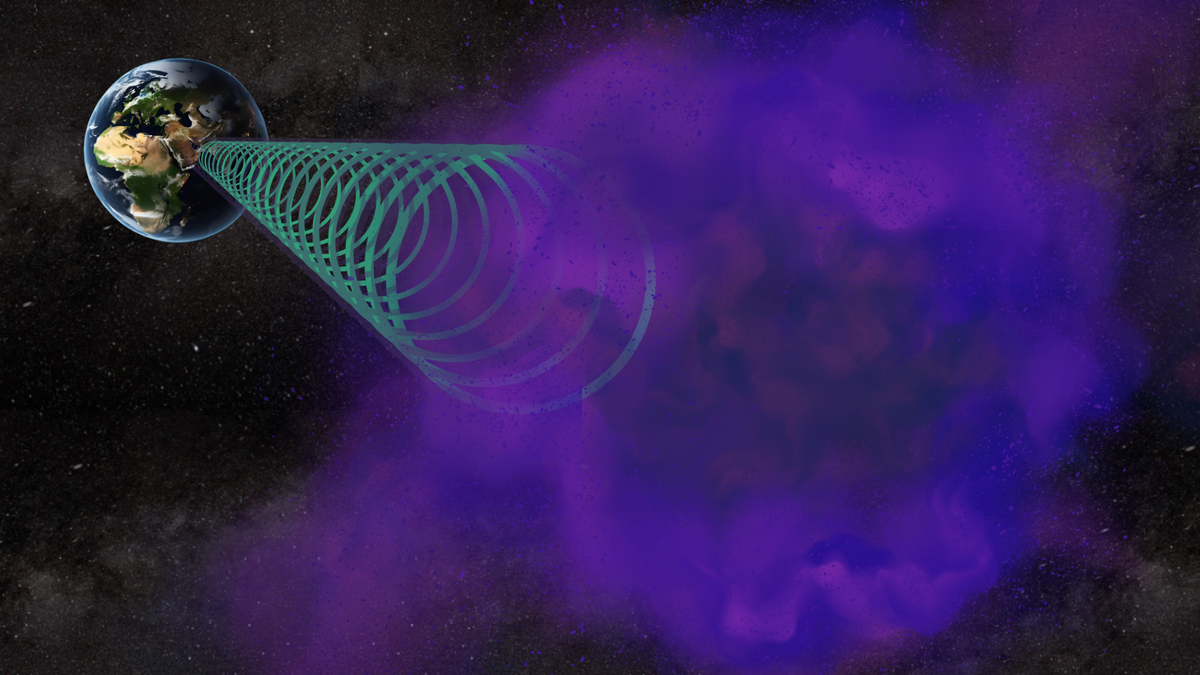New technology could bring the fastest version of 5G to your home and workplace
Consumers of today’s 5G cellphones may have experienced one of the following tradeoffs: impressive download speeds with spotty coverage

[August 23, 2021: University of California-San Diego]
Consumers of today's 5G cellphones may have experienced one of the following tradeoffs: impressive download speeds with extremely limited and spotty coverage, or widespread and reliable coverage with speeds that aren't much faster than today's 4G networks.
A new technology developed by electrical engineers at the University of California San Diego combines the best of both worlds and could enable 5G connectivity that is ultra-fast and reliable at the same time.
The team will present their work at the ACM SIGCOMM 2021 conference which will take place online Aug. 23 to 27.
The technology presents a solution to overcome a roadblock to making high band 5G practical for the everyday user: the speedy wireless signals, known as millimeter waves, cannot travel far and are easily blocked by walls, people, trees and other obstacles.
Today's high band 5G systems communicate data by sending one laser-like millimeter wave beam between a base station and a receiver—for example, a user's phone. The problem is if something or someone gets in the way of that beam's path, then the connection gets blocked completely.
UC San Diego electrical and computer engineering Ph.D. student Ish Jain poses with the new millimeter wave setup that he developed. The setup improves the throughput and reliability of millimeter wave signals. (Credit: University of California - San Diego)
"Relying on a single beam creates a single point of failure," said Dinesh Bharadia, a professor of electrical and computer engineering at the UC San Diego Jacobs School of Engineering, who is the senior author on the ACM SIGCOMM paper.
Two beams are better than one
Bharadia and his team, who are part of the UC San Diego Center for Wireless Communications, came up with a clever solution: split the one laser-like millimeter wave beam into multiple laser-like beams, and have each beam take a different path from the base station to the receiver. The idea is to improve the chances that at least one beam reaches the receiver when an obstacle is in the way.
The researchers created a system capable of doing this and tested it inside an office and outside a building on campus. The system provided a high throughput connection (up to 800 Mbps) with 100% reliability, which means that the signal didn't drop or lose strength as the user moved around obstacles like desks, walls and outdoor sculptures. In outdoor tests, the system provided connectivity up to 80 meters (262 feet) away.
To create their system, the researchers developed a set of new algorithms. One algorithm first instructs the base station to split the beam into multiple paths. Some of these paths take a direct shot from the base station and the receiver; and some paths take an indirect route, where the beams bounce off what are called reflectors—surfaces in the environment that reflect millimeter waves like glass, metal, concrete or drywall—to get to the receiver. The algorithm then learns which are the best paths in the given environment. It then optimizes the angle, phase and power of each beam so that when they arrive at the receiver, they combine constructively to create a strong, high quality and high throughput signal.
With this approach, more beams result in a stronger signal.
"You would think that splitting the beam would reduce the throughput or quality of the signal," Bharadia said. "But with the way that we've designed our algorithms, it turns out mathematically that our multi-beam system gives you a higher throughput while transmitting the same amount of power overall as a single-beam system."
The other algorithm maintains the connection when a user moves around and when another user steps in the way. When these happen, the beams get misaligned. The algorithm overcomes this issue by continuously tracking the user's movement and realigning all the beam parameters.
The researchers implemented their algorithms on cutting-edge hardware that they developed in the lab. "You don't need any new hardware to do this," said Ish Jain, an electrical and computer engineering Ph.D. student in Bharadia's lab and the first author of the paper. "Our algorithms are all compliant with current 5G protocols."
The hardware consists of a small base station and receiver. The base station is equipped with a phased array that was developed in the lab of UC San Diego electrical and computer engineering professor Gabriel Rebeiz, who is an expert in phased arrays for 5G and 6G communications and is also a member of the university's Center for Wireless Communications.
The team is now working on scaling their system to accommodate multiple users.
Like these kind of feel good stories? Get the Brighter Side of News' newsletter.
Tags: #New_Innovations, #Communications, #Internet, #5G, #Research, #The_Brighter_Side_of_News
Joshua Shavit
Science & Technology Writer | AI and Robotics Reporter
Joshua Shavit is a Los Angeles-based science and technology writer with a passion for exploring the breakthroughs shaping the future. As a contributor to The Brighter Side of News, he focuses on positive and transformative advancements in AI, technology, physics, engineering, robotics and space science. Joshua is currently working towards a Bachelor of Science in Business Administration at the University of California, Berkeley. He combines his academic background with a talent for storytelling, making complex scientific discoveries engaging and accessible. His work highlights the innovators behind the ideas, bringing readers closer to the people driving progress.



